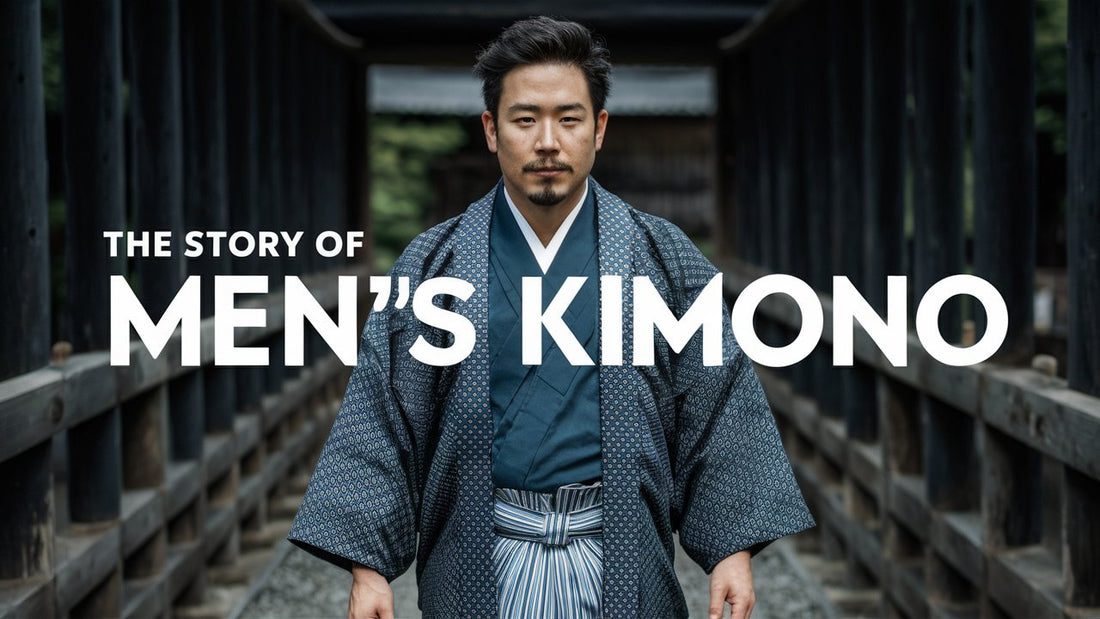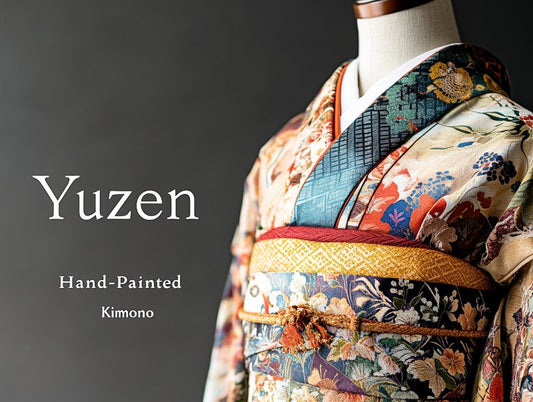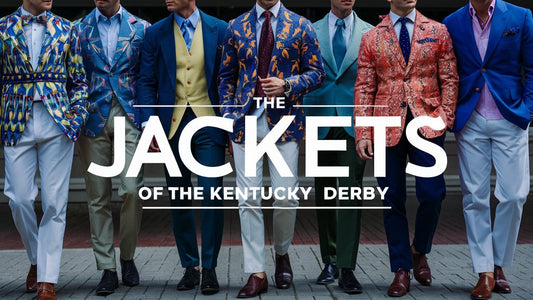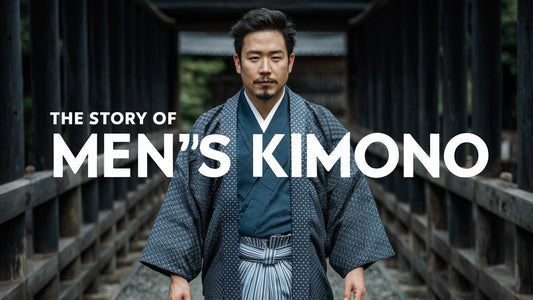
The Timeless Elegance of Men's Kimonos
Share
The kimono, a traditional Japanese garment, epitomizes the elegance, culture, and history of Japan. While kimonos are often associated with women, men also have a long-standing tradition of wearing this iconic attire. This article delves into the rich history, types, and distinguishing features of men's kimonos, addressing common questions and highlighting how they differ from women's kimonos.
A Historical Overview of Men's Kimonos
The Origins and Evolution
The kimono's origins date back over a thousand years to the Heian period (794-1185). Initially, kimonos were unisex, with both men and women wearing similar styles. Over time, specific styles emerged for men and women, reflecting social norms and the wearer's status, occupation, and occasion.
Types of Men's Kimonos
Montsuki

Montsuki is a formal kimono for men, often worn during weddings, tea ceremonies, and other significant events. It is usually black with family crests (kamon) on the back and sleeves, denoting formality and respect.
Haori and Hakama

A haori is a traditional Japanese jacket worn over the kimono, and hakama are wide-legged trousers. Together, they form a formal ensemble often seen during ceremonies and martial arts practices. The haori adds a layer of sophistication, while the hakama offers ease of movement.
Yukata

The yukata is a casual kimono made of lightweight cotton, ideal for summer festivals and casual gatherings. It is more relaxed and comfortable than other types, often featuring simpler patterns and vibrant colors.
Juban
A juban is an undergarment worn beneath the kimono. It protects the kimono from sweat and dirt, ensuring the outer garment remains pristine. While not typically visible, the juban plays a crucial role in maintaining the kimono's elegance.
Kinagashi
Kinagashi refers to a kimono worn without hakama, often seen in more casual or semi-formal settings. It allows for greater freedom of movement and is preferred by men in artistic professions, such as traditional theater and music.
Differences Between Men's and Women's Kimonos
Design and Patterns

Men's kimonos are characterized by their subdued colors and simple patterns. Earthy tones such as black, brown, navy, and gray are common. In contrast, women's kimonos often feature bright colors and intricate designs, including floral and seasonal motifs.
Sleeves
The sleeves of men's kimonos are attached to the body and are generally shorter and narrower than those of women's kimonos. This design provides ease of movement and practicality. Women's kimonos, especially formal ones, have long, flowing sleeves that add to their elegance.
Obi (Sash)
The obi for men is typically narrower and tied in a simpler knot than the obi for women. Men's obi often feature plain or geometric patterns, whereas women's obi are wider, more decorative, and can be tied in elaborate styles.
Length and Fit
Men's kimonos are worn slightly shorter, ending at the ankle, and have a straight cut that fits comfortably around the body. Women's kimonos are worn longer and adjusted with various ties to create an elegant silhouette, often with an emphasis on the waist and hips.
Do Men Wear Kimonos Today?
In contemporary Japan, men do wear kimonos, though less frequently than in the past. They are typically reserved for special occasions such as weddings, tea ceremonies, and festivals. Despite the modern shift towards Western clothing, kimonos remain a symbol of cultural heritage and are embraced by those wishing to honor traditional Japanese aesthetics. For a detailed exploration of modern men's kimono wearing, visit our comprehensive article.
The Significance of Men's Kimonos in Modern Fashion
Cultural Resurgence
In recent years, there has been a resurgence of interest in traditional Japanese clothing. This cultural revival is driven by a global appreciation for artisanal craftsmanship and sustainable fashion. Men's kimonos are gaining popularity for their unique blend of history, artistry, and modern appeal.
Embracing Heritage
For many, wearing a kimono is a way to reconnect with Japanese heritage and celebrate cultural identity. It serves as a reminder of the timeless elegance and profound cultural significance embedded in these garments.
Modern Adaptations: Kimono Koi’s Men's Jackets
While traditional kimonos hold significant cultural value, modern fashion has found innovative ways to incorporate kimono fabrics into everyday wear. One such example is Kimono Koi's exquisite Kimono Blazer. These jackets are meticulously crafted from authentic kimono fabrics, ensuring that each piece is unique and steeped in history. They offer a versatile style that blends tradition with modern sophistication, perfect for formal occasions or as a statement piece in a casual ensemble.
Conclusion
Men's kimonos, with their rich history and cultural significance, continue to hold a special place in Japanese tradition and modern fashion. Whether worn in their traditional form or reimagined in contemporary styles, these garments symbolize a harmonious blend of past and present. Embrace the timeless elegance of men's kimonos and explore the cultural heritage they represent. For more insights into the contemporary relevance of men's kimonos, be sure to read our detailed article on whether men wear kimonos today.


